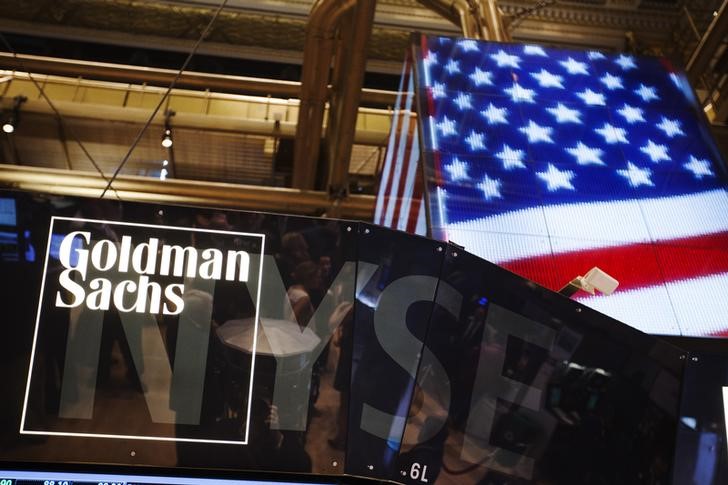Tyson Foods to close major Nebraska beef plant amid cattle shortage - WSJ
Investing.com -- The upcoming earnings season is the “key source of uncertainty” for the S&P 500 outlook, Goldman Sachs’ top strategist David Kostin said, as investors assess the impact of tariffs on corporate profit margins.
Despite client pushback on valuations, Kostin reiterated his 12-month S&P 500 target of 6900, based on a forward price-to-earnings (P/E) ratio of 22x.
While Goldman’s macro model supports the elevated multiple given low rates and strong corporate fundamentals, Kostin emphasized that earnings remain the swing factor in their forecast.
“The degree to which companies can pass through the cost of tariffs is the key question investors will try to answer during the upcoming 2Q reporting season,” he wrote.
Consensus currently expects S&P 500 net margins to contract in the second quarter, followed by a rebound in the second half (2H) of the year. But if companies are unable to pass on costs, margin compression could threaten Goldman’s 7% earnings growth estimate for 2026.
Alternatively, stronger earnings could still offset valuation headwinds. “Earnings could grow more quickly than the 7% rate we currently forecast for 2026 if companies manage to expand their profit margins and fiscal policy helps boost growth next year,” Kostin said.
Investor sentiment remains mixed, particularly around sector positioning and market breadth. While AI-related tech stocks are broadly favored, narrow market leadership is raising concerns.
Kostin highlights that “the median S&P 500 constituent remains 11% below its high,” resulting in “one of the narrowest market breadth environments of the last few decades” and suggesting room for rotation if macro conditions hold up.
“However, we expect this will be a short-lived reversal rather than the start of a new long-term performance trend,” the strategist added.
Goldman’s sector model currently favors a barbell of secular growth, cyclicals, and defensives, with allocations to Software (ETR:SOWGn) & Services, Materials, and Utilities.
“Most clients agree on the attractiveness of AI-related technology stocks, although the magnitude of recent outperformance has generated some discomfort with valuations,” Kostin points out.
He sees no clear investor consensus on sector preferences, reflecting uncertainty around earnings resilience and policy risks heading into the second half.
Goldman Sachs raised its S&P 500 targets last week, now forecasting gains of 2%, 5%, and 10% over the next 3, 6, and 12 months, respectively. This implies S&P 500 levels of 6400, 6600, and 6900.
The new year-end target of 6600 places the bank at the high end of strategist projections, well above the 6000 median estimate.
